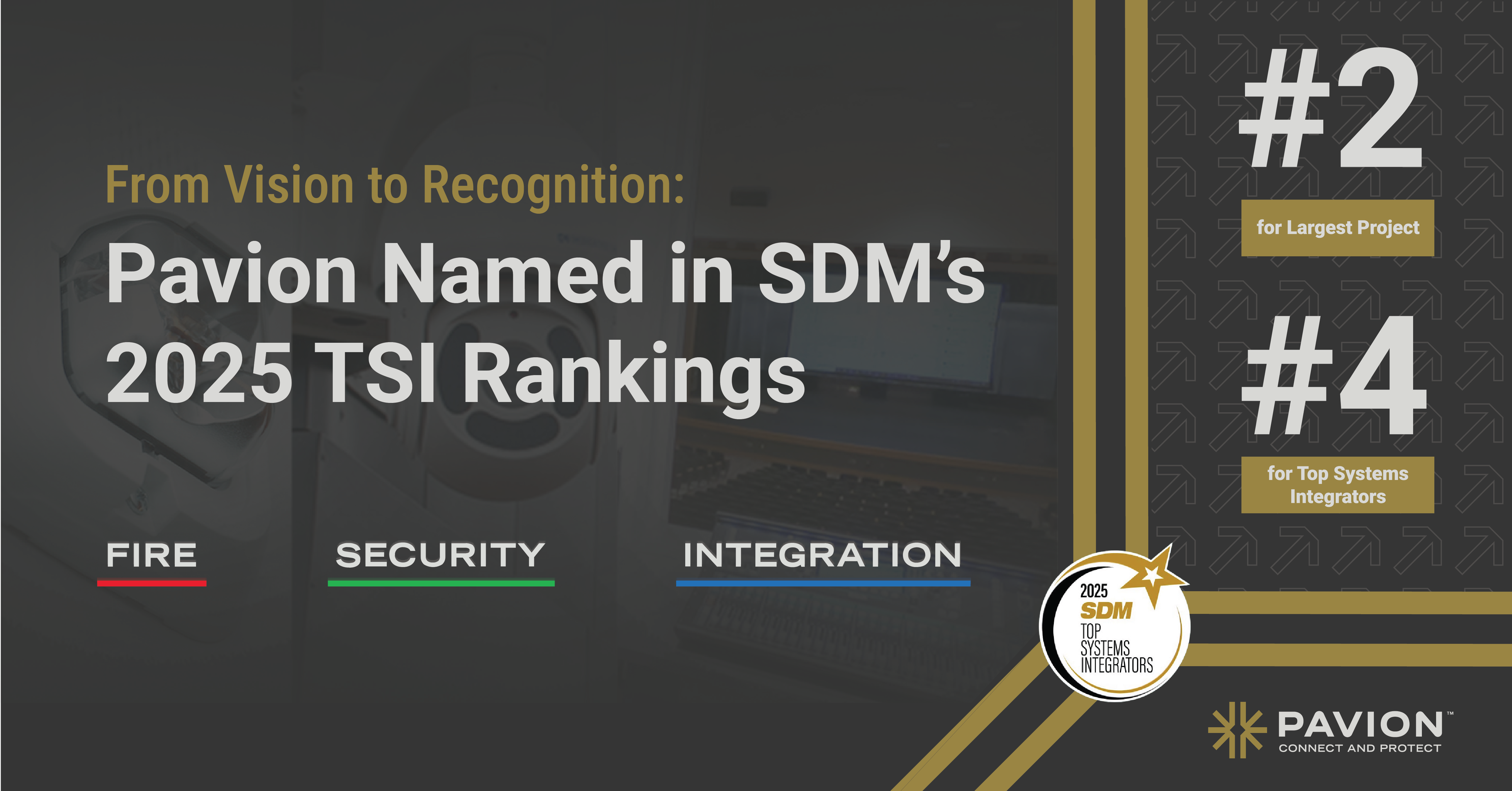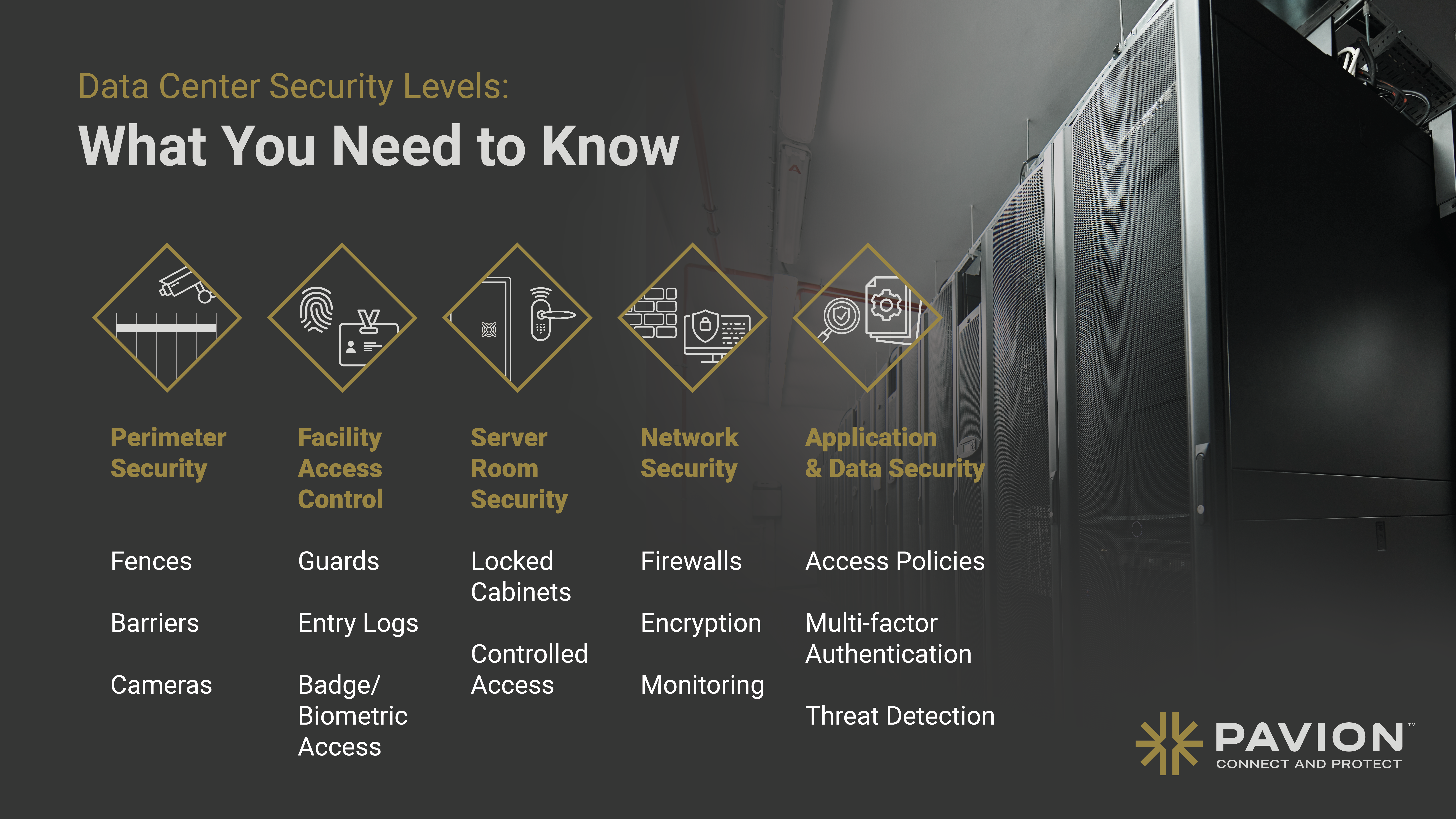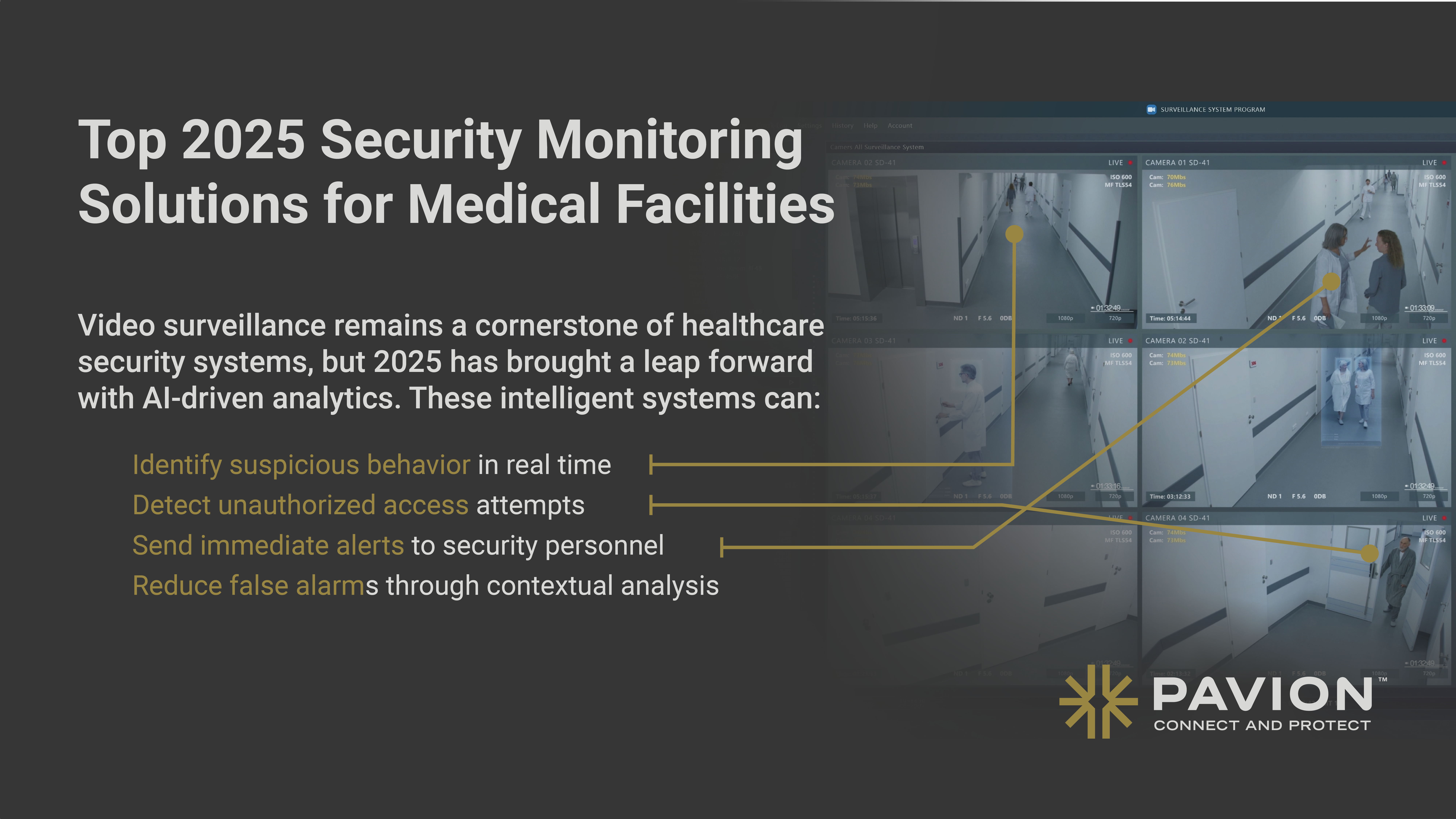
The Revolutionary Impact of AI Video Surveillance
Understanding AI Video Surveillance
Before delving into the extraordinary impact of AI video surveillance, it is essential to have a clear understanding of this cutting-edge technology. AI in surveillance refers to the utilization of artificial intelligence algorithms to analyze video footage captured by surveillance cameras. These intelligent systems are designed to identify and interpret various objects, activities, and behaviors, enabling them to provide valuable insights and actionable intelligence.
AI video surveillance systems have revolutionized the way security measures are implemented and monitored. By harnessing the power of artificial intelligence, these systems can effectively analyze vast amounts of video data in real-time, enabling immediate detection and response to potential threats. This level of efficiency and accuracy has significantly enhanced security measures across various industries, including transportation, retail, and public safety.
The Basics of AI in Surveillance
At the core of AI video surveillance systems lies deep learning, a subset of machine learning that emulates the human brain’s neural networks. Through a process called training, these networks learn to recognize patterns and objects in video data, thereby enabling them to perform tasks such as person detection, vehicle tracking. The more data they are exposed to, the more accurate and reliable the AI algorithms become.
Deep learning algorithms used in AI video surveillance systems are trained using vast datasets that consist of labeled video footage. These datasets contain examples of various objects, activities, and behaviors that the AI algorithms need to learn to identify. By exposing the algorithms to diverse and extensive training data, they can develop a comprehensive understanding of the visual world, enabling them to accurately analyze and interpret video footage in real-time.
Key Features of AI Video Surveillance
AI video surveillance systems offer several key features that make them highly effective in enhancing security measures. First and foremost, their real-time analysis capabilities enable instant detection and response to potential threats. By continuously monitoring the video feed, the AI algorithms can quickly identify suspicious activities or objects, allowing security personnel to take immediate action.
Furthermore, AI video surveillance systems can differentiate between normal and abnormal behaviors, triggering alerts only when necessary. This intelligent filtering mechanism reduces false alarms and ensures that security personnel can focus their attention on genuine threats, improving overall efficiency and effectiveness.
In addition to real-time analysis and behavior differentiation, AI-powered analytics allow for advanced search functionalities. This means that security personnel can easily search through vast amounts of recorded video footage to find specific events or objects of interest. Whether it is locating a lost item, investigating a suspicious incident, or identifying a person of interest, the advanced search capabilities of AI video surveillance systems greatly facilitate efficient investigations and post-event analysis.
Moreover, AI video surveillance systems can be integrated with other security technologies, such as access control systems and alarm systems, creating a comprehensive security ecosystem. This integration allows for seamless coordination between different security measures, enhancing overall situational awareness and response capabilities.
In conclusion, AI video surveillance systems have transformed the way security measures are implemented and monitored. By leveraging the power of artificial intelligence, these systems provide real-time analysis, behavior differentiation, advanced search functionalities, and seamless integration with other security technologies. As the technology continues to evolve, AI video surveillance is expected to play an increasingly vital role in ensuring the safety and security of various environments.
The Evolution of Surveillance Technology
To appreciate the revolutionary impact of AI on video surveillance, it is crucial to understand its evolution and the advancements it has brought along.
Surveillance technology has come a long way since its inception. In the early days, traditional surveillance systems heavily relied on human operators to monitor live video feeds and identify potential security breaches. These operators would spend hours staring at screens, trying to catch any suspicious activity. However, this approach had its limitations. Human operators could only focus on a limited number of cameras, leading to the possibility of missing critical events.
With the advent of AI video surveillance, cameras can now autonomously analyze video feeds, eliminating the need for constant human supervision. This breakthrough has revolutionized the field of surveillance, making it more efficient and effective.
From Traditional to AI Surveillance
Traditional surveillance systems required a significant amount of manpower to ensure the safety and security of an area. Human operators would tirelessly watch multiple screens, trying to detect any potential threats. However, this approach was not foolproof. Fatigue and human error could lead to missed events, leaving vulnerabilities in the security system.
AI surveillance systems have changed the game entirely. With the power of artificial intelligence, cameras can now analyze video feeds in real-time, without the need for constant human attention. These intelligent systems can detect and track objects, recognize faces, and even identify suspicious behaviors. By automating the surveillance process, AI has made security systems more reliable and efficient. Imagine, a business with 20 cameras that is opened 12 hours per day would take many hours to review footage. However, with AI, it can take your specifications and requirements and give you the 1 or 15 video clips that you actually need to see which allows a loss prevention manager to be much more efficient.
The Role of AI in Modern Surveillance
As surveillance technology has evolved, AI has emerged as a game-changer, making security systems more intelligent and proactive. AI algorithms can effectively detect anomalies, such as unattended bags or suspicious activities, and raise alerts in real-time, significantly reducing response times.
Moreover, these systems can learn from historical data, enabling them to predict potential security risks and take preemptive measures. By analyzing patterns and trends, AI surveillance systems can identify areas of concern and allocate resources accordingly. This predictive capability enhances overall security and allows for a more proactive approach to threat detection and prevention.
Furthermore, AI surveillance technology has the potential to go beyond traditional security applications. It can be used in various industries, such as retail, transportation, and healthcare, to improve operational efficiency and ensure the safety of both assets and individuals.
In the retail sector, AI surveillance can help detect shoplifting incidents, monitor customer behavior, and optimize store layouts for better customer flow. In transportation, AI-powered surveillance can enhance traffic management, identify traffic violations, and improve road safety. In healthcare, AI surveillance can assist in patient monitoring, ensuring timely intervention in case of emergencies.
The possibilities are endless when it comes to AI surveillance technology. Its ability to analyze vast amounts of data and make intelligent decisions in real-time has transformed the way we approach security and safety.
The Impact of AI Video Surveillance on Security
The integration of AI into video surveillance has profound implications for security measures, empowering organizations to enhance their protective capabilities and mitigate potential risks.
With the rapid advancements in technology, AI video surveillance systems have become an essential tool in ensuring the safety and security of various environments. These systems provide an added layer of security, ensuring round-the-clock monitoring and generating alerts for any unusual activities. This proactive approach enables security personnel to respond swiftly and effectively to potential threats, preventing incidents before they escalate.
By deploying AI-powered cameras, critical infrastructure sites, such as power plants and airports, can create an environment that deters criminal activity. The presence of AI surveillance systems acts as a deterrent, as potential wrongdoers are aware that their actions are being monitored and recorded. This not only prevents crimes but also helps in the identification and apprehension of criminals.
Public spaces, such as parks, shopping malls, and city centers, also benefit greatly from AI video surveillance. These areas are often crowded and prone to various security risks. AI algorithms can analyze the video feeds from multiple cameras simultaneously, detecting any suspicious activities or behaviors. This allows security personnel to take immediate action, ensuring the safety of the public and preventing potential incidents.
Enhancing Security Measures
AI video surveillance systems not only provide real-time monitoring but also offer advanced analytics capabilities. By analyzing the video footage, AI algorithms can identify patterns and anomalies that may go unnoticed by human operators. This enables security personnel to detect potential threats that may have otherwise been overlooked.
Furthermore, AI-powered cameras can be programmed to recognize specific objects or individuals, such as weapons or known criminals. This feature enhances the efficiency of security measures, as it reduces the chances of false alarms and allows for targeted responses. In critical infrastructure sites, this capability can be particularly valuable in preventing unauthorized access and protecting sensitive areas.
In addition to enhancing security measures, AI video surveillance systems also provide valuable data for post-incident analysis. The recorded footage can be reviewed and analyzed to gain insights into the incident, identify the individuals involved, and gather evidence for legal proceedings. This not only aids in the investigation process but also serves as a deterrent for potential wrongdoers, knowing that their actions will be captured and used against them.
Predictive Analysis and Threat Detection
One of the most powerful aspects of AI video surveillance is its ability to perform predictive analysis and threat detection. By analyzing patterns and historical data, AI algorithms can identify suspicious behaviors and anticipate potential security breaches. This proactive approach allows for early intervention, making it possible to prevent criminal or malicious activities.
For example, in a retail setting, AI video surveillance can analyze customer behavior, such as loitering or suspicious movements, to identify potential shoplifters. By alerting security personnel in real-time, immediate action can be taken to prevent theft and minimize losses. Similarly, in a transportation hub, AI algorithms can analyze passenger movements and identify individuals exhibiting suspicious behavior, helping to prevent potential acts of terrorism or other criminal activities.
Moreover, AI video surveillance systems can integrate with other security technologies, such as access control systems. This integration enables a comprehensive approach to security, where multiple layers of protection work together to ensure the safety of individuals and assets. By leveraging AI technology, organizations can stay one step ahead of potential threats and maintain a secure environment.
In conclusion, the integration of AI into video surveillance has revolutionized security measures. AI video surveillance systems provide an added layer of security, enhance security measures, and enable predictive analysis and threat detection. As technology continues to advance, AI video surveillance will play an increasingly vital role in safeguarding our communities and protecting our assets.
Ethical Considerations in AI Video Surveillance
While the advancements in AI video surveillance systems offer undeniable benefits, they also raise important ethical considerations that need to be addressed.
AI video surveillance has revolutionized the field of security, enabling enhanced monitoring and detection capabilities. These systems utilize advanced algorithms to analyze video footage, identify patterns, and detect anomalies, thereby improving public safety and crime prevention. However, as with any powerful technology, there are ethical implications that must be carefully considered.
Privacy Concerns
The proliferation of AI video surveillance raises concerns about individual privacy rights. With the ability to analyze and interpret personal data, there is a risk of intruding on people’s privacy. Striking a balance between surveillance and personal privacy is crucial to ensure that these systems are used responsibly and ethically.
One of the key challenges is determining the extent to which individuals’ privacy should be compromised in the interest of public safety. While it is important to protect society from potential threats, it is equally important to respect individuals’ rights to privacy. Implementing robust privacy policies, consent mechanisms, and data protection measures are essential to safeguard individuals’ rights.
Balancing Security and Privacy
The challenge lies in finding the right balance between maintaining public safety and protecting privacy. By adopting privacy-by-design principles, surveillance systems can be developed in a way that minimizes privacy infringements.
Transparency, accountability, and oversight mechanisms are integral to ensuring that AI video surveillance is used lawfully and ethically. It is essential to establish clear guidelines and regulations governing the use of these systems, ensuring that they are subject to regular audits and scrutiny.
Moreover, public engagement and dialogue are crucial in shaping the ethical framework surrounding AI video surveillance. Involving stakeholders, including civil liberties organizations, privacy advocates, and community members, can help ensure that the development and deployment of these systems align with societal values and expectations.
Additionally, it is important to consider the potential for bias and discrimination in AI video surveillance systems. The algorithms used in these systems are trained on large datasets, which may inadvertently reflect societal biases. Addressing these biases and ensuring fairness in the decision-making process is essential to prevent the perpetuation of discrimination.
In conclusion, while AI video surveillance systems offer significant advantages in terms of public safety, it is crucial to address the ethical considerations they raise. Striking a balance between security and privacy, implementing robust privacy policies, and ensuring transparency and accountability are essential steps in ensuring the responsible and ethical use of these technologies.
The Future of AI in Video Surveillance
As AI continues to evolve, the future holds promising possibilities for video surveillance technology. The integration of AI algorithms with surveillance systems has already brought about a revolutionary impact on security measures. With further advancements on the horizon, AI video surveillance holds immense potential to transform the way we perceive and implement security measures.
Emerging Trends in AI Surveillance
The advancements in object detection and tracking algorithms are making surveillance systems more robust and efficient. These algorithms enable surveillance cameras to detect and track objects in real-time, providing constant monitoring and reducing the need for human intervention. This not only improves the effectiveness of surveillance but also frees up human resources for other critical tasks.
Another emerging trend is the use of predictive analytics in AI video surveillance. By analyzing patterns and data collected from surveillance footage, AI algorithms can predict potential security threats and alert authorities in advance. This proactive approach to security allows for quicker response times and a more proactive approach to preventing incidents.
Potential Challenges and Solutions
With any rapidly advancing technology, challenges are expected to arise. One such challenge is the potential for biases in AI algorithms, leading to unfairly targeted surveillance. It is crucial to address this issue by promoting diversity and inclusivity in the development and training of these systems. By ensuring that the datasets used for training AI algorithms are diverse and representative, we can mitigate biases and ensure equitable surveillance practices.
Another challenge is the ethical considerations surrounding AI video surveillance. Striking the right balance between safety and privacy is paramount. It is essential to establish clear guidelines and regulations regarding the use of AI surveillance systems to protect individuals’ privacy rights. Transparency and accountability in the deployment and operation of these systems are key to maintaining public trust and acceptance.
In conclusion, AI video surveillance has brought about a revolutionary impact on security measures. The combination of AI algorithms and surveillance systems has elevated monitoring capabilities to unprecedented levels, making our communities safer and more secure. However, it is paramount to address ethical considerations and ensure responsible use to strike the right balance between safety and privacy. With further advancements on the horizon, AI video surveillance holds immense potential to transform the way we perceive and implement security measures. By embracing these advancements and addressing the challenges, we can create a future where AI video surveillance enhances security while respecting individual rights and privacy.
Secure Your Future with Pavion
As we navigate the complexities of AI video surveillance and its impact on security, Pavion stands at the forefront, ready to guide you through the next generation of safety and security solutions. Our commitment to innovation and radical service ensures that your enterprise, healthcare facility, educational institution, government building, data center, or retail space is not only protected but connected. Take the first step towards a safer, more secure future. Get a Free System Assessment today and experience the transformative power of Pavion’s technology solutions.


